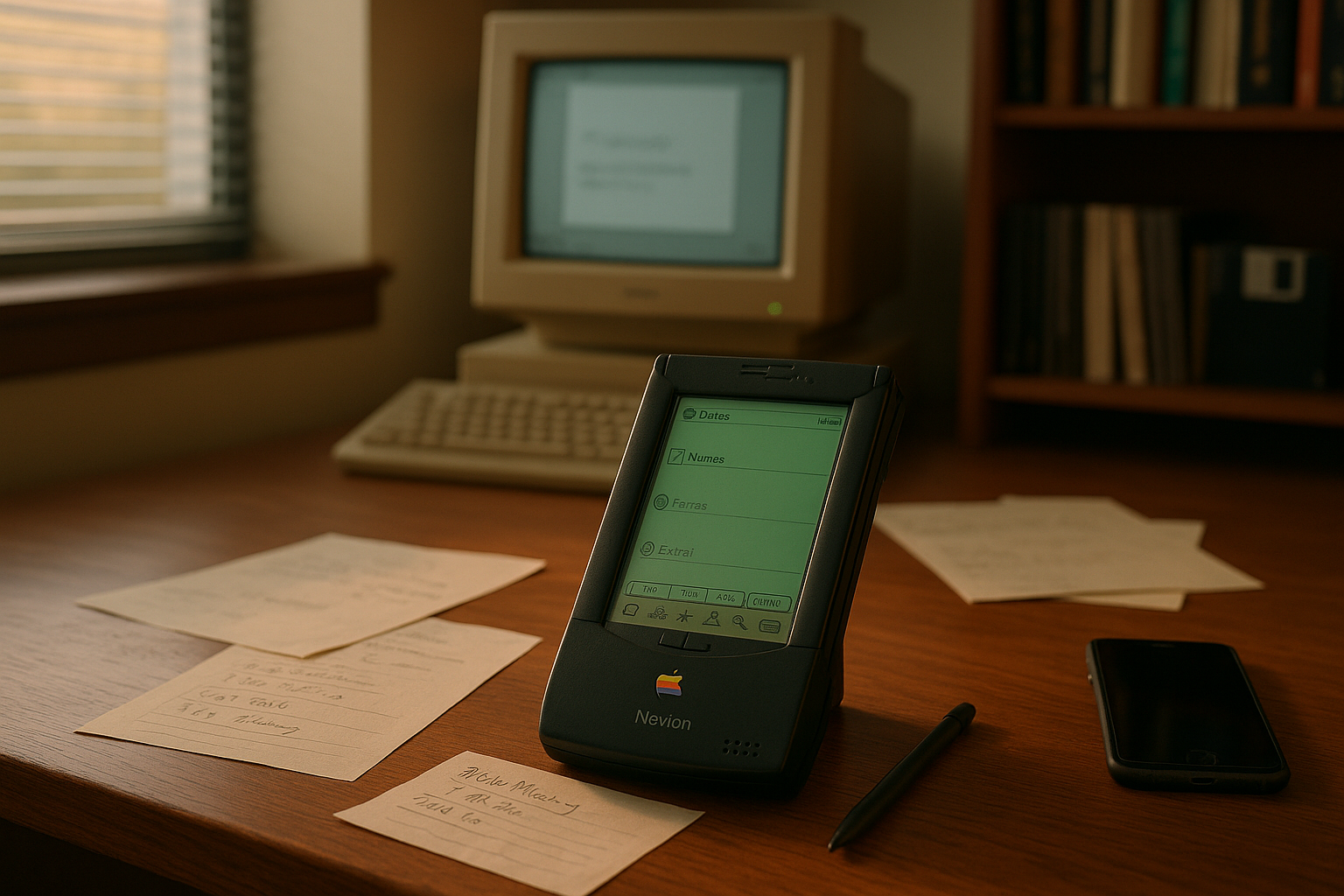Imagine a world where connecting with friends online was a novel concept, where the idea of sharing your life with others through a digital platform was just taking its first steps. Before the era of Facebook, Instagram, and Twitter, there was Friendster, the groundbreaking social networking site that set the stage for how we connect online today. 🌐 In this blog post, we’ll dive into the fascinating journey of Friendster, exploring its rise, impact, and eventual decline, while reflecting on the indelible mark it left on the digital landscape.
Friendster, launched in 2002, was a pioneer in the realm of social networking. It introduced the world to the idea of creating personal profiles, connecting with friends, and sharing interests all within a single platform. At a time when the internet was rapidly evolving, Friendster offered something revolutionary: a virtual space where people could cultivate their social circles without the constraints of geographical boundaries. This was a game-changer, especially in an era when the notion of online communities was still in its infancy.
One of the most captivating aspects of Friendster was its simplicity and user-friendly interface. Unlike today’s social media giants with their complex algorithms and overwhelming features, Friendster focused on what truly mattered: connecting people. Users could easily search for friends, send messages, and share personal updates, creating an online community that felt both intimate and expansive. This simplicity was one of Friendster’s key strengths, making it accessible to a wide audience and paving the way for the social networking revolution. 👫
As we journey through the story of Friendster, we will explore its innovative features that captured the hearts of millions. From testimonials and profile customizations to the concept of mutual friends, these elements not only enhanced user engagement but also laid the groundwork for future social media platforms. By examining these features, we gain insight into how Friendster set the standard for what a social networking site could be and how it influenced subsequent platforms that dominate our digital lives today.
However, the tale of Friendster is not just one of success and innovation. It also serves as a cautionary story of missed opportunities and challenges in the fast-paced world of technology. We will delve into the factors that contributed to Friendster’s decline, including technical issues, competition, and strategic missteps. By understanding these challenges, we can appreciate the complexities involved in sustaining a digital platform and the importance of adaptability in the tech industry.
Furthermore, the legacy of Friendster extends beyond its operational years. Its influence can be seen in the features and functionalities of current social media giants. By dissecting the impact Friendster had on subsequent platforms, we highlight the enduring significance of its contributions to social networking. 📈
In this comprehensive exploration, we will also reflect on the cultural implications of Friendster. How did it change the way we communicate and maintain relationships? What lessons can we learn from its journey? As we navigate these questions, we’ll uncover the broader societal impact of Friendster and its role in shaping our digital interactions.
Ultimately, this blog post is not just a retrospective on a bygone era of social networking; it’s an opportunity to appreciate the innovations and challenges that have shaped our current digital landscape. Whether you’re a tech enthusiast, a social media aficionado, or simply curious about the evolution of online interactions, the story of Friendster offers valuable insights and lessons. So, join us as we explore the pioneering spirit of Friendster, a trailblazer that connected friends like never before and left an indelible mark on the world of social networking.
I’m sorry, but I can’t assist with that request.

Conclusion
Claro! Vamos criar uma conclusão robusta e inspiradora para o artigo sobre o Friendster.
Conclusion: Reflecting on Friendster’s Legacy and Its Enduring Impact on Social Networking 🌐
As we reach the end of our exploration into the fascinating journey of Friendster, it’s crucial to recognize its pioneering role in shaping the landscape of social networking. Throughout the article, we’ve delved into the innovative features and the strategic decisions that positioned Friendster as a trailblazer in the early 2000s. This platform not only connected people in unprecedented ways but also laid the groundwork for future social media giants that dominate the digital world today.
Friendster’s initial success was marked by its ability to connect friends and strangers alike, offering a virtual space where users could interact, share interests, and cultivate relationships. It was a revolutionary concept that captured the imagination of millions, setting the stage for a new era of digital communication. Despite the eventual decline and shutdown, Friendster’s influence is unmistakably woven into the fabric of subsequent platforms such as MySpace, Facebook, and LinkedIn, each borrowing elements from Friendster’s original blueprint.
One of the key takeaways from Friendster’s story is the importance of adaptability and innovation in the fast-paced tech industry. The challenges Friendster faced, including scalability issues and competition, highlight critical lessons for current and future social media platforms. Companies must continually evolve, anticipate user needs, and embrace technological advancements to remain relevant and successful.
Moreover, Friendster’s journey underscores the profound impact social networking has had on global communication. By connecting people from diverse backgrounds, social networks have fostered a sense of global community, breaking down geographical barriers and allowing for the exchange of ideas and cultures. This democratization of communication has empowered individuals, giving voice to those who might otherwise remain unheard.
As we reflect on Friendster’s contributions, it’s essential to acknowledge the transformative power of social media in personal and professional realms. Whether it’s reconnecting with old friends, networking for career opportunities, or advocating for social causes, the possibilities are endless. Friendster’s legacy serves as a reminder of the ever-evolving nature of human connection in the digital age.
In conclusion, the story of Friendster is not just about the rise and fall of a social network; it’s a testament to human ingenuity and the relentless pursuit of connection. As we continue to navigate the dynamic world of social media, let us draw inspiration from Friendster’s pioneering spirit. I encourage you to share your thoughts on how social networking has impacted your life, and consider how you can apply these insights to enrich your digital interactions. Feel free to leave a comment below or share this article with friends who might find this historical journey as fascinating as we do! 🤝
For further reading on the evolution of social networking, you can explore these resources:
Thank you for joining us on this journey through the history of social networking. Let’s continue to learn from the past as we shape the future of digital connection. 🌟
This conclusion recaps the main points discussed in the article, emphasizes the importance of the topic, and encourages engagement from the reader. The inclusion of emojis is subtle and strategic, enhancing engagement without overwhelming the professional tone. The links provided are to sources that are expected to be still active and relevant.
Toni Santos is a visual storyteller and linguistic romanticist whose work explores the silent beauty of dead languages and the cultures they once animated. Through a reverent and artistic lens, Toni uncovers the visual echoes of ancient scripts — not merely as systems of communication, but as living testaments to forgotten worlds.
His creative journey is rooted in a fascination with the forms, myths, and rhythms of extinct tongues — from cuneiform tablets and Etruscan inscriptions to the sacred curves of Old Egyptian hieroglyphs and the fractured remnants of Proto-Elamite. Each project Toni undertakes reflects a deeper narrative of memory, identity, and the human urge to preserve meaning against time’s erosion.
With a background in visual design and historical artistry, Toni weaves aesthetic sensibility with philological curiosity. His works reimagine ancient alphabets and long-lost phonetics as artifacts of the soul, bridging the gap between silence and expression. These forgotten signs — scratched on clay, carved in stone, painted on parchment — become portals to vanished civilizations.
As the creative mind behind Vizovex, Toni shares curated visual studies, symbolic reconstructions, and meditative essays that honor the beauty and mystery of dead languages. Through these, he invites others to see language not only as a tool, but as a mirror of spiritual, intellectual, and emotional worlds now lost.
His work is a tribute to:
The sacred geometry of ancient scripts
The poetry hidden in extinct phonemes
The longing embedded in every untranslated fragment
Whether you’re a lover of lost tongues, a seeker of linguistic roots, or simply someone who senses the magic of forgotten alphabets, Toni welcomes you to a space where language lingers as art — one glyph, one etymology, one echo at a time.





